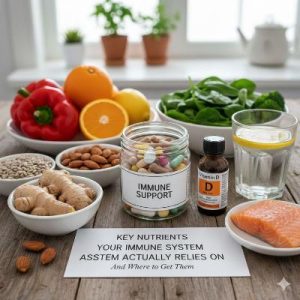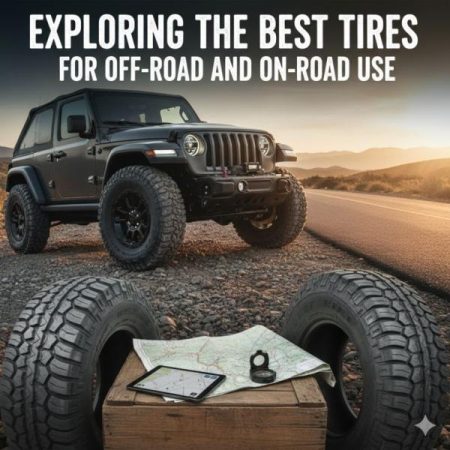You look out your car window and determine if it’s safe to make a turn. The sun is glaring at you, making it difficult to see. You hear an annoying honk as a car passes by you as you press on the gas.
That’s when you need to get your windows tinted. If you had a lower window tint percentage, you wouldn’t have a problem with the sun glaring at you.
In 2019, the tinting film market was valued at $1.45 billion. Coming from a market that specializes in vehicle tinting, that is a lot of people who got their windows tinted.
But what is window tint percentage, and what should you get? If you want to learn more, read on.
Check With Your State Laws
Before you deck out your windows to be the darkest, you must check with your state regarding window tint percentage laws. If it’s too dark, the law may deem your vehicle dangerous because it can be too dark to see out of it, and vice versa.
State laws will vary on tint percentage rules on your windshield, side, and back windows. Your side and rear windows can be darker than your windshield.
But if your windows look too dark, police will pull you over. You may get fined or ticketed.
Benefits of Tinted Windows
There are many benefits to having dark car windows. Aside from looking aesthetically pleasing, it can help with privacy and protection from the sun.
Privacy
Do you ever feel awkward when sitting at a red light with no tinted windows? Another person makes eye contact with you, and you can’t do anything about it. Having a low tint percentage will help with that.
Not only does it help while you’re driving your vehicle, but when you’re away, the dark car windows can keep prying eyes from looking for valuables.
Protection From the Sun
The sun and its UV rays can harm you. Tinted car windows can reduce exposure to the sun.
Aside from UV rays shining in, the darkness of the tinted film will absorb the heat coming from the sun. It means you get to enjoy driving in the heat without the negative health issues and staying cool at the same time.
Types of Tints
The darkness of a window tint percentage depends on the visible light transmission, which measures how much light can show through a tint film.
For example, if a tin percentage is rated at 50%, only 50% of the light will show through. That means for a 20% tint, 20% of the light is visible. So, the lower the tint percentage, the darker it will be.
Here are the different types of expected tint percentages:
- 50%: Basic for keeping out UV and heat; you won’t tell it’s tinted
- 35%: Popular option, excellent for aesthetics and privacy
- 20%: Very dark, making it hard for people to peek inside
- 5%: Often used by limousines, it blocks out 95% of light
Determine What Tint Percentage Best Fits You
As you decide what tint percentage is suitable for your vehicle, you also need to think about where you will be driving. If your car is used in one state only, you can do what you like under your state’s law.
But if you want to drive it to other states, you have to keep in mind their tint percentage rules.
It would help if you also thought about why you need it. Will the tint be for aesthetic reasons? Do you want your vehicle to look regal and stylish?
A lower window tint percentage will be good for you. If you don’t need aesthetics and prefer health and function, choosing a 50% or 35% tint works well.
Still unsure what kind of tint to get? Check out this auto tinting in my area. You’ll be covered on all things related to cars.
Discover More
Choosing the right tint percentage for you and your car is crucial. It helps keep UV rays away from you and helps keep out heat.
With that, you also need to consider its uses and the laws that surround window tint percentage. Once you figure everything out, you’re ready to get your windows tinted!
If you find this helpful and would like to learn more about all things automobile, check us out for more.






